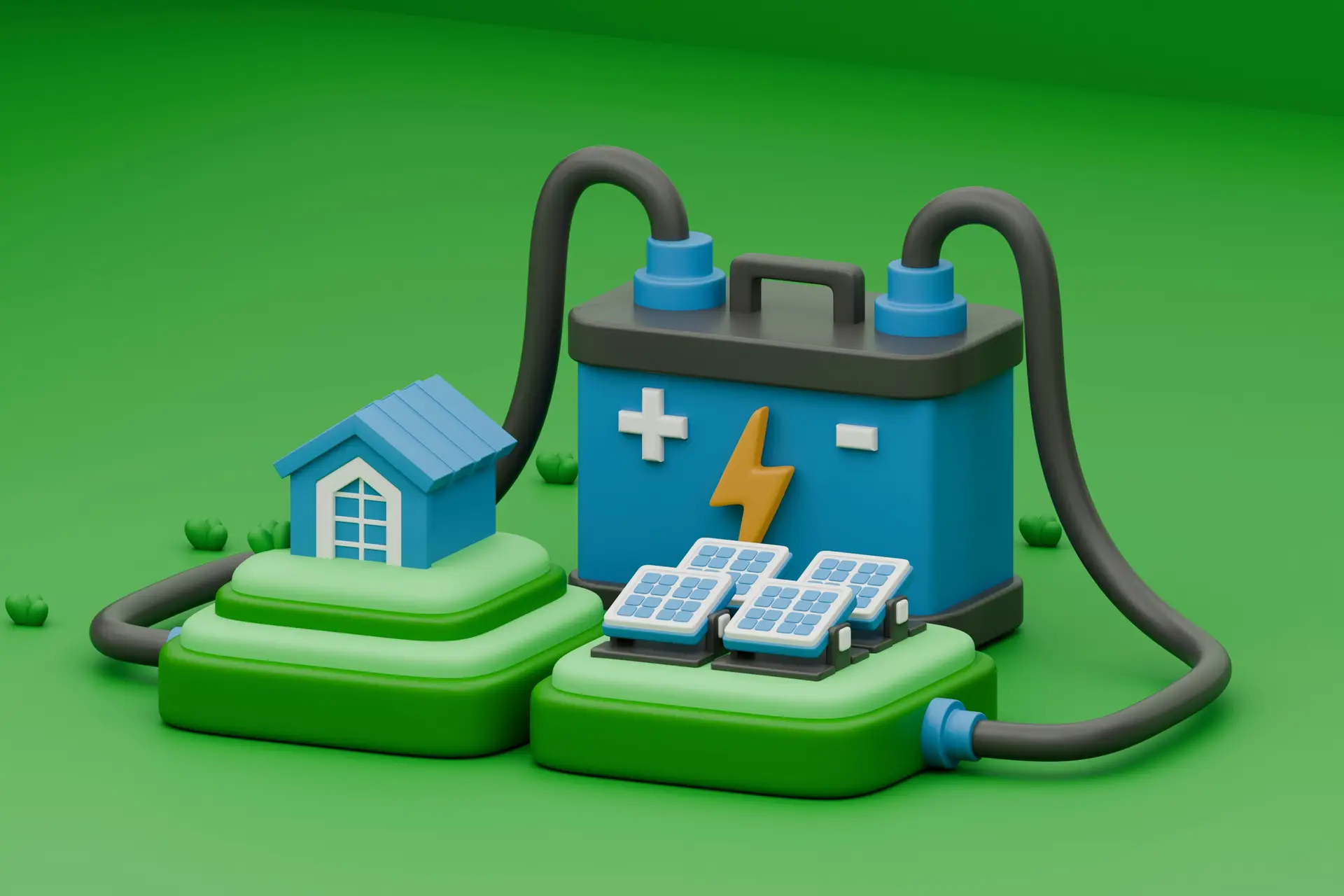
Solar Energy Glossary
We understand that our language isn’t everyone’s language. Here are some of the key terms you may hear or read and what they mean. Feel free to contact us with additional questions.
A
- Alternating Current (AC): The type of electricity used in homes, converted from DC by your solar inverter.
- Array: A group of solar panels installed together to generate electricity.
- Annual Energy Offset: The percentage of your home’s energy needs covered by your solar system.
B
- Battery Storage: A device that stores excess solar energy for use at night or during outages.
- Break-Even Point: The time it takes for your energy savings to equal the cost of your solar system.
C
- Cost per Watt: A common way to price solar systems, calculated by dividing the system cost by its capacity (in watts).
- Credits (Net Metering): Energy credits earned when your solar system sends excess power to the grid.
D
- Direct Current (DC): Electricity generated by solar panels before conversion to AC.
- Distributed Generation: Electricity produced at your home rather than a centralized power plant.
E
- Energy Efficiency: Measures to reduce energy use, which can complement solar by lowering overall consumption.
- Energy Independence: Using solar to reduce reliance on utility-provided electricity.
- Energy Monitoring System: A tool to track your solar energy production and household usage.
F
- Feed-In Tariff: A payment you receive for excess energy sent to the grid (may vary by location).
G
- Grid-Tied System: A solar setup connected to the utility grid, allowing you to draw power when solar production is low.
- Ground-Mounted Solar: Panels installed on the ground instead of on your roof.
H
- Home Energy Audit: An assessment to identify how energy-efficient your home is before installing solar.
- Hybrid Inverter: Combines solar and battery management, ideal for homes with energy storage systems.
I
- Inverter: A device that converts DC electricity from your panels into AC electricity for home use.
- Installation Warranty: A guarantee covering the work performed during your solar system installation.
K
- Kilowatt (kW): A measure of power capacity. Residential solar systems typically range from 3-10 kW.
- Kilowatt-Hour (kWh): A measure of energy use; your electricity bill is usually measured in kWh.
L
- Load: The total amount of electricity your home uses at any given time.
- Lifetime Savings: The total amount you’ll save on electricity costs over the system’s life.
M
- Monocrystalline Panels: High-efficiency solar panels made from a single silicon crystal, often chosen by homeowners.
- Monthly Solar Offset: The portion of your monthly electricity needs met by solar energy.
N
- Net Metering: A billing arrangement where your utility gives you credit for excess energy your solar system sends to the grid.
- No-Cost Solar: Financing or leasing options where you pay for energy produced rather than buying the system outright.
O
- Orientation: The direction your roof faces, which impacts solar panel efficiency. South-facing roofs are ideal in the Northern Hemisphere.
- Off-Grid System: A solar setup with battery storage that operates independently from the utility grid.
P
- Payback Period: The time it takes to recoup your investment in solar through energy savings.
- Power Purchase Agreement (PPA): A contract where you pay for solar power generated on your roof at a set rate, without owning the system.
R
- Renewable Energy Certificate (REC): Proof that your solar energy contributes to renewable energy goals.
- Roof Suitability: The condition, orientation, and shading of your roof, determining its readiness for solar panels.
S
- Solar Capacity: The maximum power your solar system can generate, measured in kilowatts (kW).
- Solar Loan: Financing options to help you pay for your solar system upfront.
- Solar Panel Efficiency: The percentage of sunlight a panel converts into usable electricity.
T
- Tilt Angle: The angle at which panels are installed, affecting sunlight capture.
- Time-of-Use (TOU) Rates: Electricity prices that vary by time of day, which can impact the value of your solar energy.
U
- Utility Bill Savings: The reduction in your electricity costs after installing solar.
- Utility Interconnection: The process of connecting your solar system to the grid.
W
- Watt (W): A unit of power that helps measure solar panel output.
- Warranty (Solar Panel): Guarantees for performance (typically 25 years) and product durability.
This glossary simplifies solar energy concepts for homeowners, empowering you to make informed decisions about going solar. Let me know if you’d like more tailored explanations!


